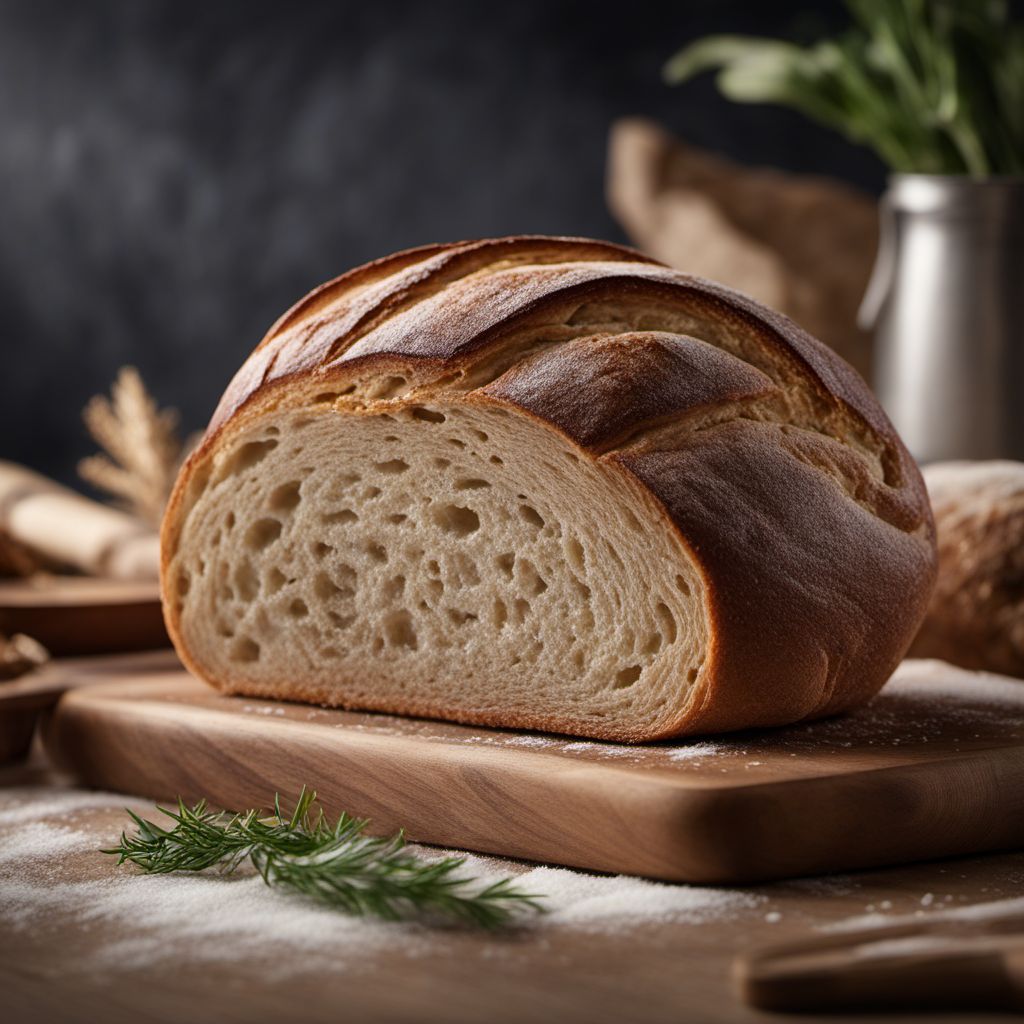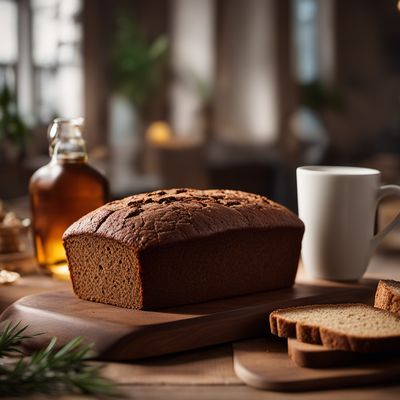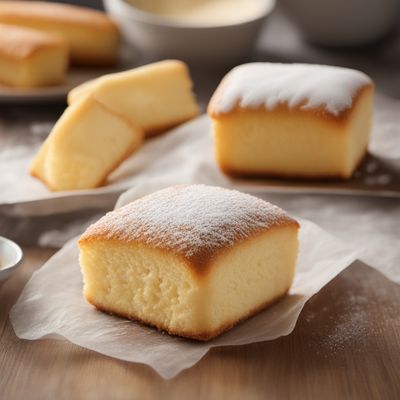
Recipe
Homemade Sourdough Bread
Rustic Sourdough Delight
4.8 out of 5
Indulge in the delightful world of homemade sourdough bread, a staple in American cuisine. This recipe will guide you through the process of creating a crusty and tangy loaf that will elevate your baking skills to new heights.
Metadata
Preparation time
Preparation time: 30 minutes
Cooking time
N/A
Total time
N/A
Yields
1 loaf of sourdough bread serves 8-10 people
Preparation difficulty
Medium
Suitable for
Vegetarian, Vegan (if using vegan salt), Dairy-free, Nut-free, Soy-free
Allergens
Wheat
Not suitable for
Gluten-free, Keto, Paleo, Low-carb, High-protein
Ingredients
-
500g (4 cups) bread flour 500g (4 cups) bread flour
-
350ml (1 ½ cups) lukewarm water 350ml (1 ½ cups) lukewarm water
-
10g (2 tsp) salt 10g (2 tsp) salt
Nutrition
- Calories (kcal / KJ): 200 kcal / 836 KJ
- Fat (total, saturated): 0.5g, 0g
- Carbohydrates (total, sugars): 42g, 0g
- Protein: 6g
- Fiber: 2g
- Salt: 1.2g
Preparation
-
1.In a large mixing bowl, combine the bread flour and salt.
-
2.Gradually add the lukewarm water while stirring with a wooden spoon until a shaggy dough forms.
-
3.Cover the bowl with a clean kitchen towel and let it rest for 30 minutes.
-
4.After resting, perform a series of stretch and folds every 30 minutes for the next 2 hours. This helps develop gluten in the dough.
-
5.Cover the bowl again and let the dough ferment at room temperature for 12-18 hours, or until it has doubled in size.
-
6.Preheat the oven to 230°C (450°F) and place a Dutch oven with its lid on inside to heat up.
-
7.Carefully transfer the dough onto a well-floured surface and shape it into a round loaf.
-
8.Place the shaped dough into the preheated Dutch oven, cover with the lid, and bake for 30 minutes.
-
9.Remove the lid and continue baking for an additional 15-20 minutes, or until the bread is golden brown.
-
10.Once baked, transfer the bread to a wire rack and let it cool completely before slicing.
Treat your ingredients with care...
- Bread flour — Bread flour is preferred for its higher protein content, which helps develop gluten and create a chewy texture. If you don't have bread flour, you can use all-purpose flour, but the texture may be slightly different.
- Salt — It is recommended to use fine sea salt or kosher salt for better distribution in the dough. Avoid using table salt, as it may contain additives that can affect the fermentation process.
Tips & Tricks
- Maintain a consistent room temperature during fermentation for optimal results.
- Experiment with different flours, such as whole wheat or rye, to add depth of flavor to your sourdough bread.
- For a more pronounced sourdough flavor, extend the fermentation time by a few hours or refrigerate the dough overnight before shaping and baking.
- Use a sharp razor or bread lame to make clean slashes on the surface of the dough before baking.
- To achieve a crustier exterior, mist the dough with water just before placing it in the oven.
Serving advice
Sourdough bread is best enjoyed fresh, either on its own or with a spread of butter. It also makes a fantastic base for sandwiches, bruschetta, or avocado toast. Serve it warm or toasted for the ultimate sensory experience.
Presentation advice
Present your homemade sourdough bread on a rustic wooden cutting board or a bread basket lined with a clean kitchen towel. Slice it at the table to showcase the beautiful crust and texture.
More recipes...
For Sourdough Bread
More American cuisine dishes » Browse all

Boston Brown Bread
Boston Brown Bread is a traditional New England bread made with cornmeal, rye flour, and molasses. It has a slightly sweet taste and a dense texture.

Pit Beef Sandwich
The Pit Beef Sandwich is a classic sandwich that is perfect for a hearty and satisfying meal. The sandwich is made with thinly sliced beef,...

Texas Sheet Cake
Texas Sheet Cake is a classic American dessert that is perfect for any occasion. This rich and decadent cake is made with a chocolate cake base...






